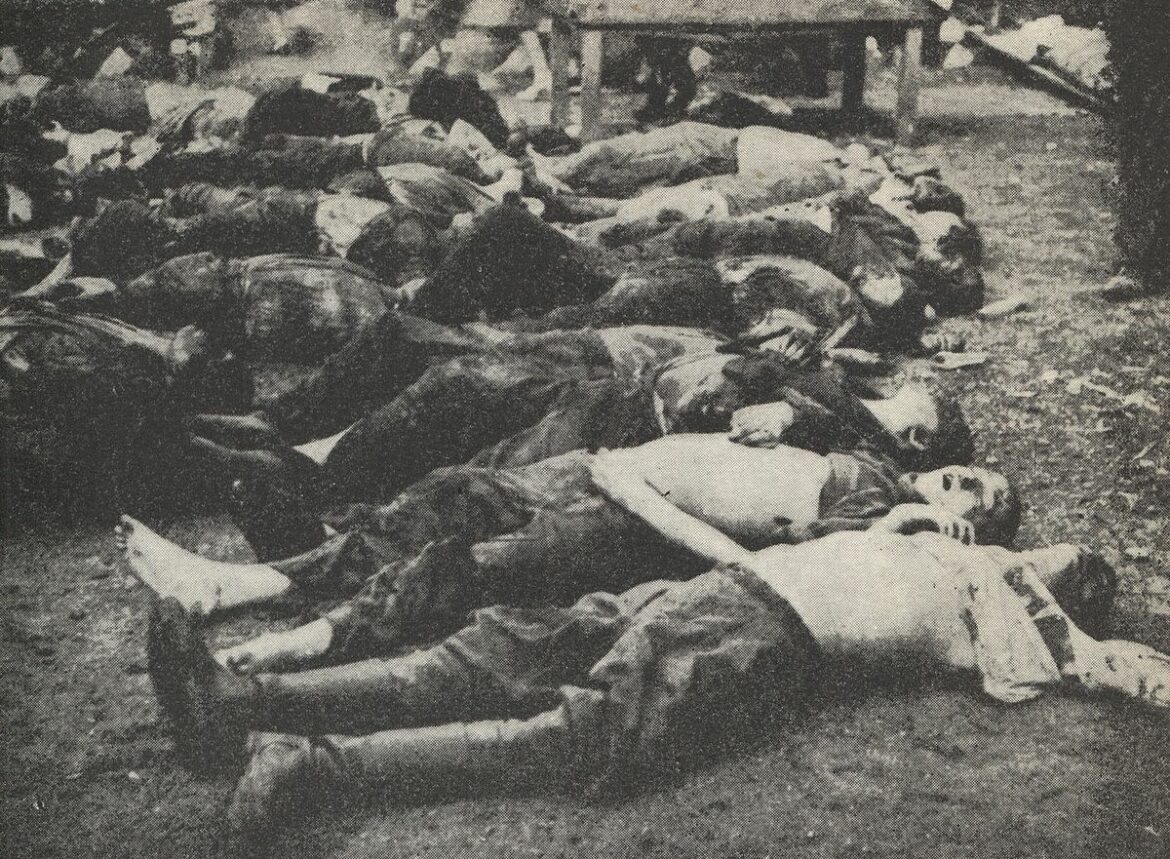During the German occupation, more than 2,200 people died or were murdered in the Lublin Castle Prison since 1939. About 4,500 more prisoners were killed in executions in and around Lublin. The last murder was carried out by the Germans a few hours before they left Lublin before noon on 22 July 1944.
In the period 1939-1944, the Lublin Castle Prison (the building also served this function during the period of Tsarist Russia and the Second Polish Republic) served as the main prison in the Lublin District of the General Government. It quickly became a place of execution for tens of thousands of people and was considered one of the heaviest prisons in German-occupied Poland. Between 1939 and 1944, the Nazis imprisoned more than 40,000 people here. The conditions that prevailed in the prison also contributed to the high mortality rate among the inmates. The cells were considerably overcrowded. Prisoners subjected to brutal investigations were often deprived of basic medical care. In the interwar period, the prison’s capacity was 700 inmates. During the occupation, however, the Germans often forced nearly 2,500 people into the same rooms. Between 1939 and 1944, more than 220 people were murdered or died on the prison premises. Another 4,500 were killed in executions within Lublin and in surrounding towns. More than 18,000 inmates were taken to concentration camps, where more than 3,500 died. Prisoners of the Lublin Castle Prison were soldiers of the Polish resistance movement, representatives of the pre-war intelligentsia, priests and Jews.
As Soviet troops approached Lublin in July 1944, the Germans began liquidating the prison. For three days between 19 and 21 July 1944, the Nazis deported more than 1,100 people and murdered them at KL Majdanek – Lublin, or gassed them along the way in specially prepared cars. On 22 July 1944, at 9 am, a group of Gestapo men led by SS-Hauptsturmführer Hermann Worthoff arrived at the prison. The Germans made their way to one of the wards, where they started shooting prisoners through the bars. They then slaughtered the Jews (including women and children) working in the prison tailor’s workshop, and then brought prisoners from other cells there and murdered them here. Over 300 prisoners were murdered in a massacre that lasted two hours. Around noon, all the Germans left the prison. Lublin residents looking for their relatives soon began to enter. About 170 of the murdered were taken away and buried by their families. The others were buried in a mass grave at the southern corner of the Castle. From there they were exhumed to the cemetery on Lipowa Street in Lublin at the end of February 1954.





